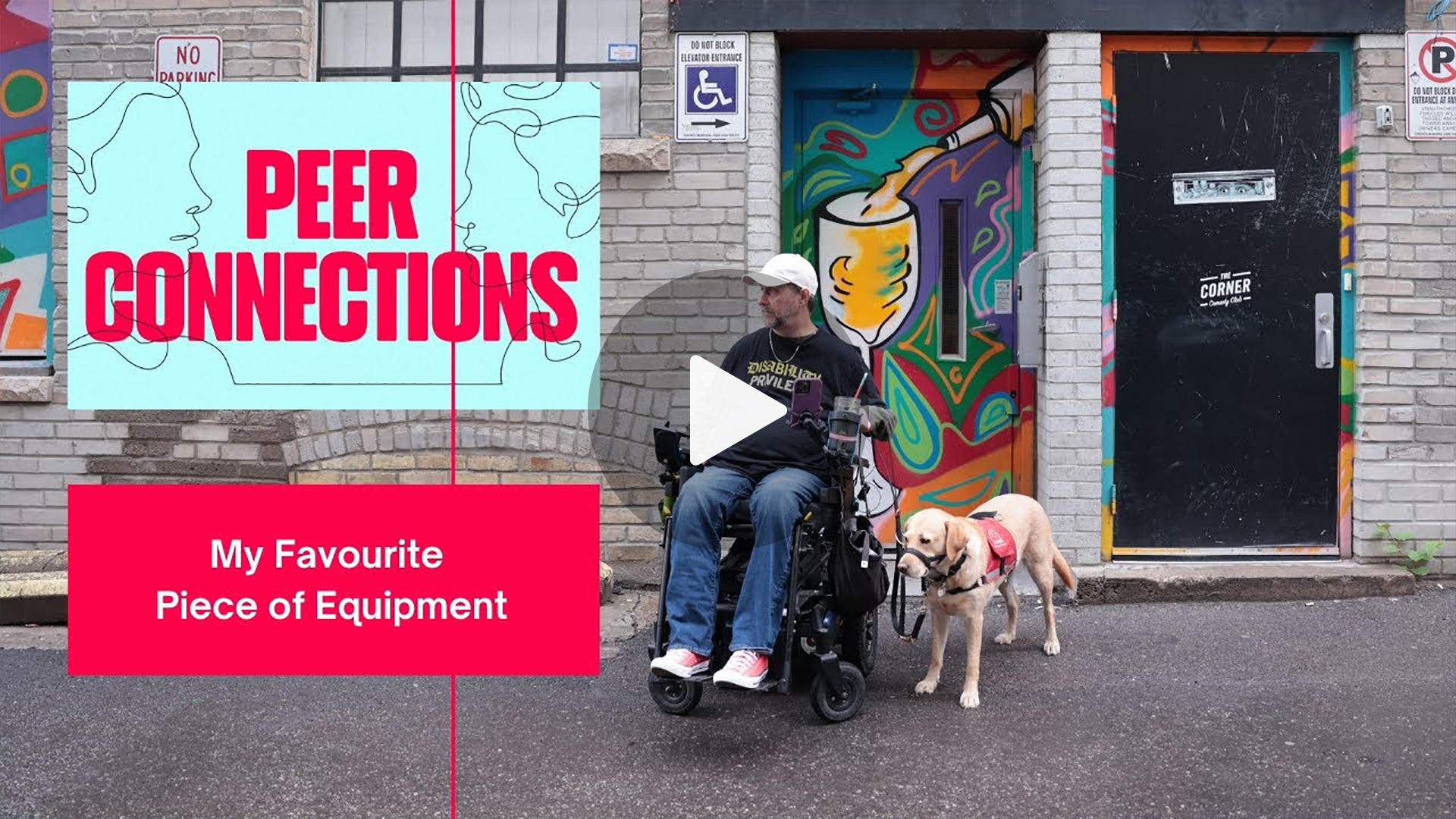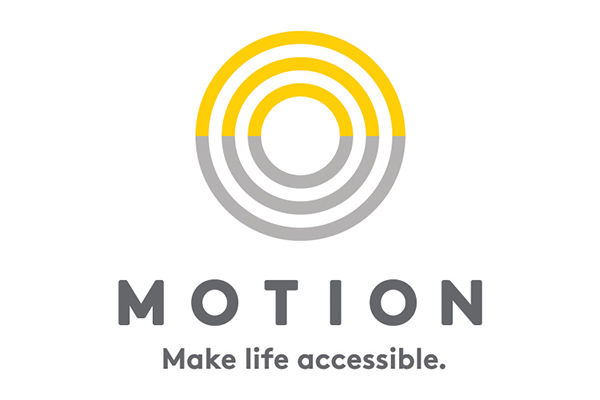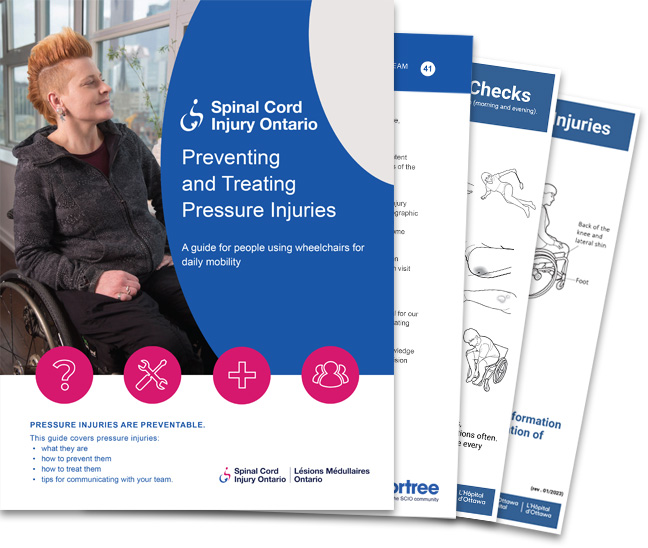One of the biggest barriers facing people with disabilities is finding accessible and affordable supportive housing solutions that meet their individual needs. Wait lists can last for years, and sorting through the variety of options available can be daunting.
In this virtual Peer Connections webinar we are joined by Sheri Upper, who is one of SCIO’s Service Navigation Coordinators, as well as people with lived experience to discuss the impact of access to affordable and accessible housing on mental health and well-being.
Supportive housing for people with disabilities is a combination of housing assistance and supports that enable people to live as independently as possible in their community. The housing assistance, types and supports vary based on individual needs and the mandate of the service provider.
Ontario’s supportive housing programs are available in several sectors, for a wide variety of people, including high risk seniors, people with physical or developmental disabilities, people with acquired brain injuries, people with terminal or chronic illnesses and people with mental health related needs. Depending on the housing facility, the tenants typically have attendants on site or nearby to assist with the activities of daily living (feeding, dressing, bathing, mobility, etc.).
There are four different types of assisted living housing for adults with disabilities in Ontario that are funded by the government:
1. Supportive Service Living Units (SSLUs) – Private or shared apartments. Each tenant has daily scheduled visits from attendants, but attendants are available 24 hours a day.
2. Shared or Congregate Living – Offers services for those applicants who require a higher level of care and who may be unable, on a consistent basis, to direct their own service.
3. Complex Continuing Care (CCC) – Normally provided by hospitals, it typically involves medically complex or chronic care patients that require skilled, technology-based care, which isn’t available at residential facilities.
4. Long Term Care Homes (LTCs) – Also known as nursing homes, this type of supportive housing is for individuals who can’t have their needs met by community facilities. This also involves 24-hour medical care and nursing support, as well as regular assistance with daily cares. There are also private services available in retirement homes.
Supportive Housing in Toronto Through Transitional Living Facilities
Transitional programs provide the opportunity for learning and practicing the skills necessary to live and participate in the community. The program may include learning to direct attendants, accessing community resources, managing health conditions, home safety and communication skills. Service providers offer accessible apartments with attendant services and training or a community- or home-based education program.
However, these accommodations are temporary (usually between 6-18 months), and in order to be eligible, you must have a permanent living arrangement in place to go after you leave the transitional living facility.
Some areas also offer short-term, transitional supportive housing in Toronto, coupled with enhanced support services to eligible inpatients being discharged from hospitals.
You can find transitional living facilities near Toronto by searching the Center for Independent Living in Toronto’s (CILT) Green Book here: https://cilt.ca/programs-and-services…
For a great source of health and social services information visit centralhealthline.ca – offered by Home and Community Care Support Services Central: https://www.centralhealthline.ca/
Subsidized Housing & Rent-Geared-to-Income in Ontario
For those who are struggling due to financial strains brought on by their inability to regularly work, or costs associated with their disability, there are both subsidized housing and Rent-Geared-Income (RGI) housing options available in Ontario. In these cases, a portion of the rent is paid by a government agency or non-profit organization.
To be eligible for a subsidy, the person seeking to access subsidized housing must have a household income below a certain level. Unfortunately, the wait for accessing subsidized housing can be quite lengthy (between 2-10 years). Ensuring that you include a variety of options that would work for your needs in your application, will increase your chances of finding subsidized housing in Toronto.
You can reach out to community agencies and housing help centers here for more information on subsidized housing opportunities in Ontario: https://services.settlement.org/en/
To learn more about Service Navigation in your area visit https://sciontario.org/









